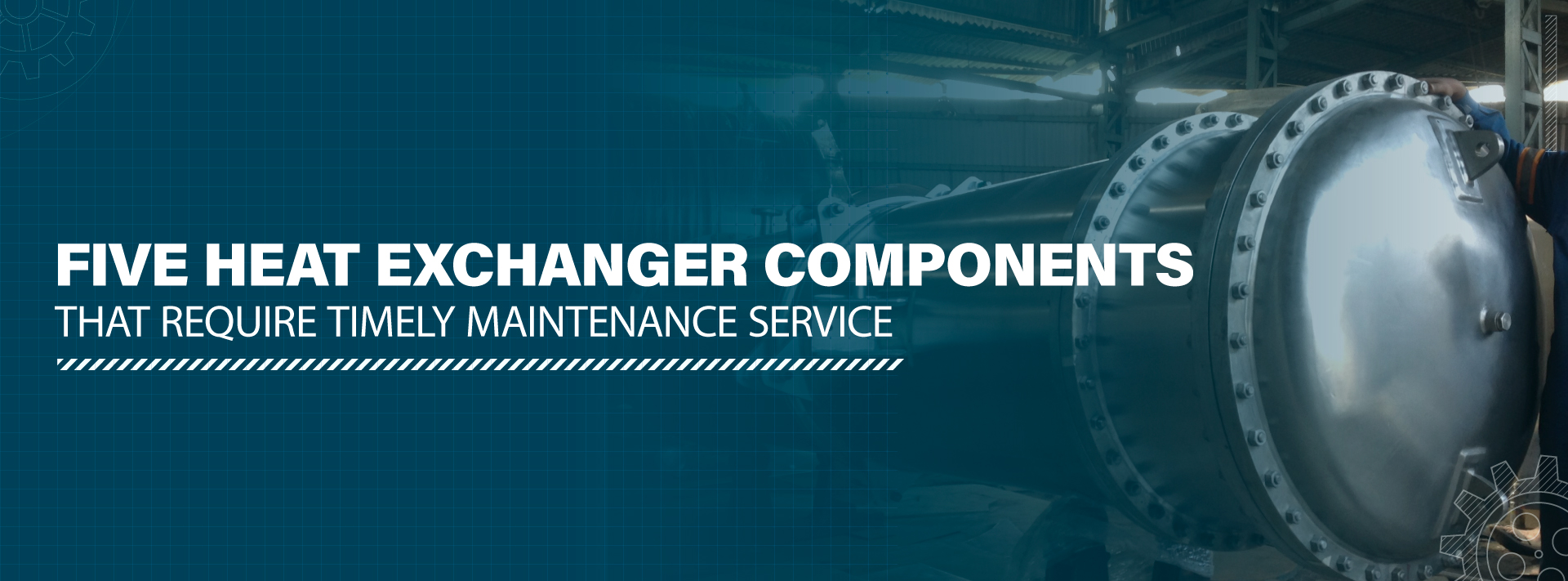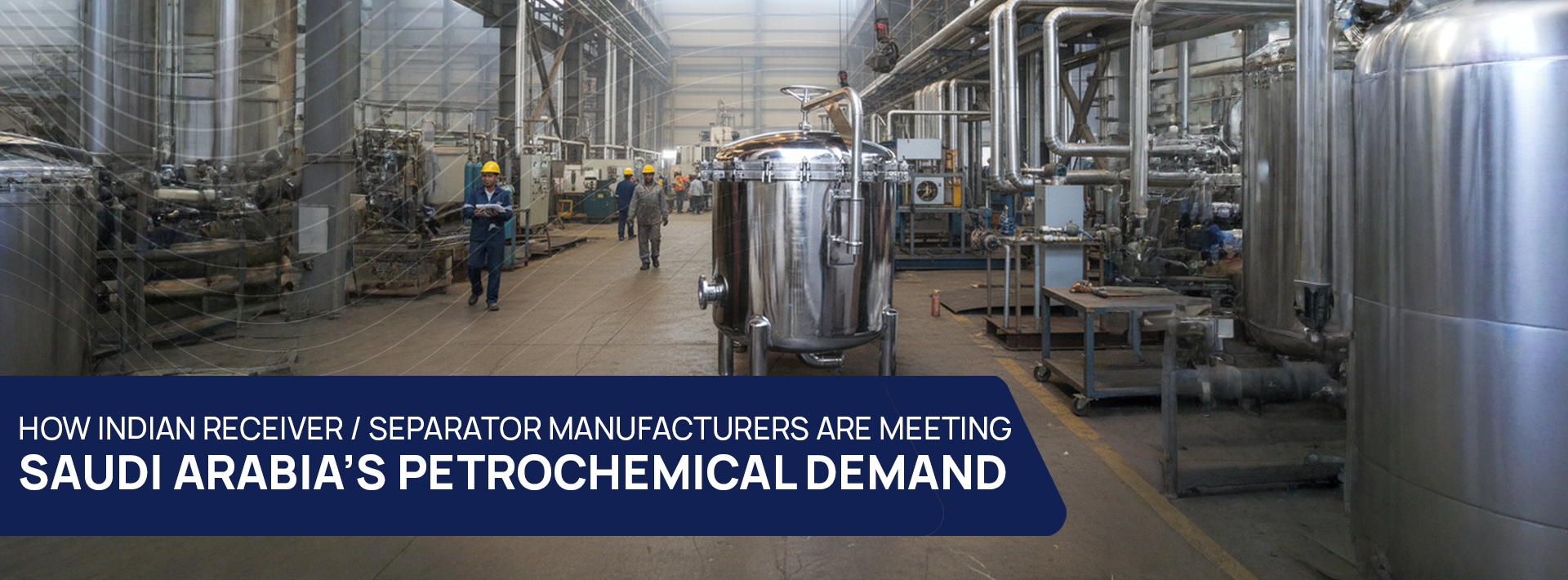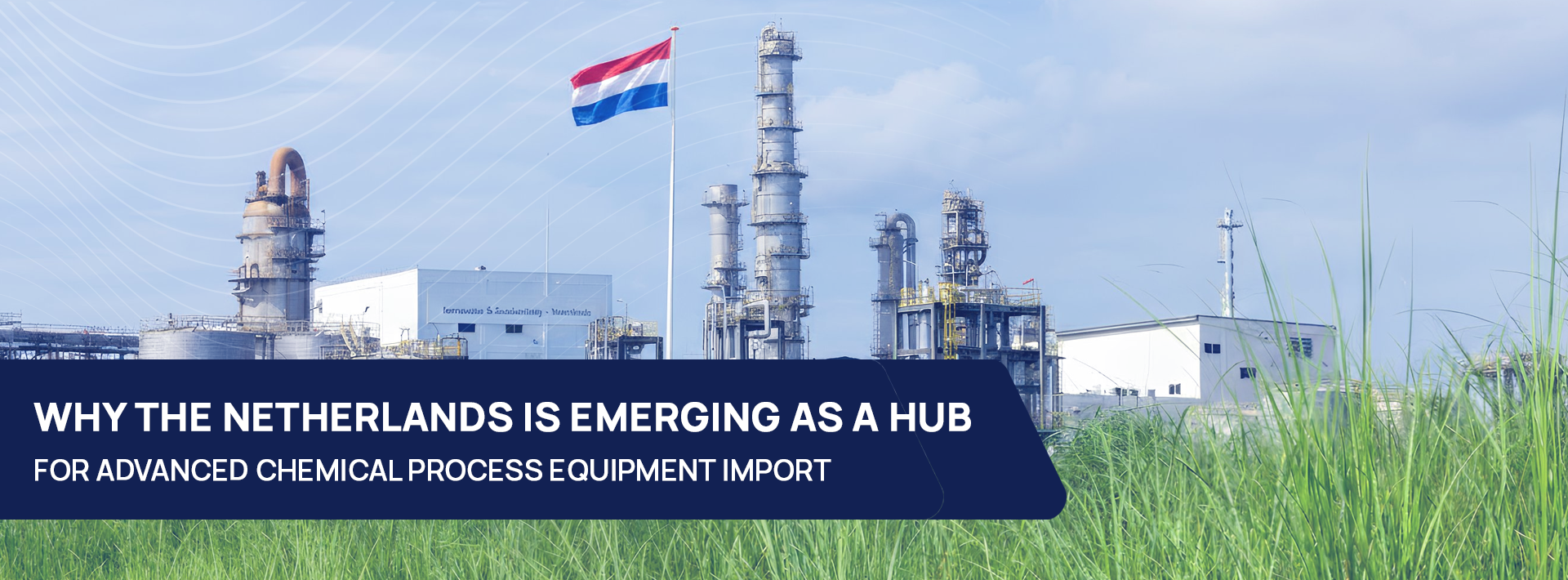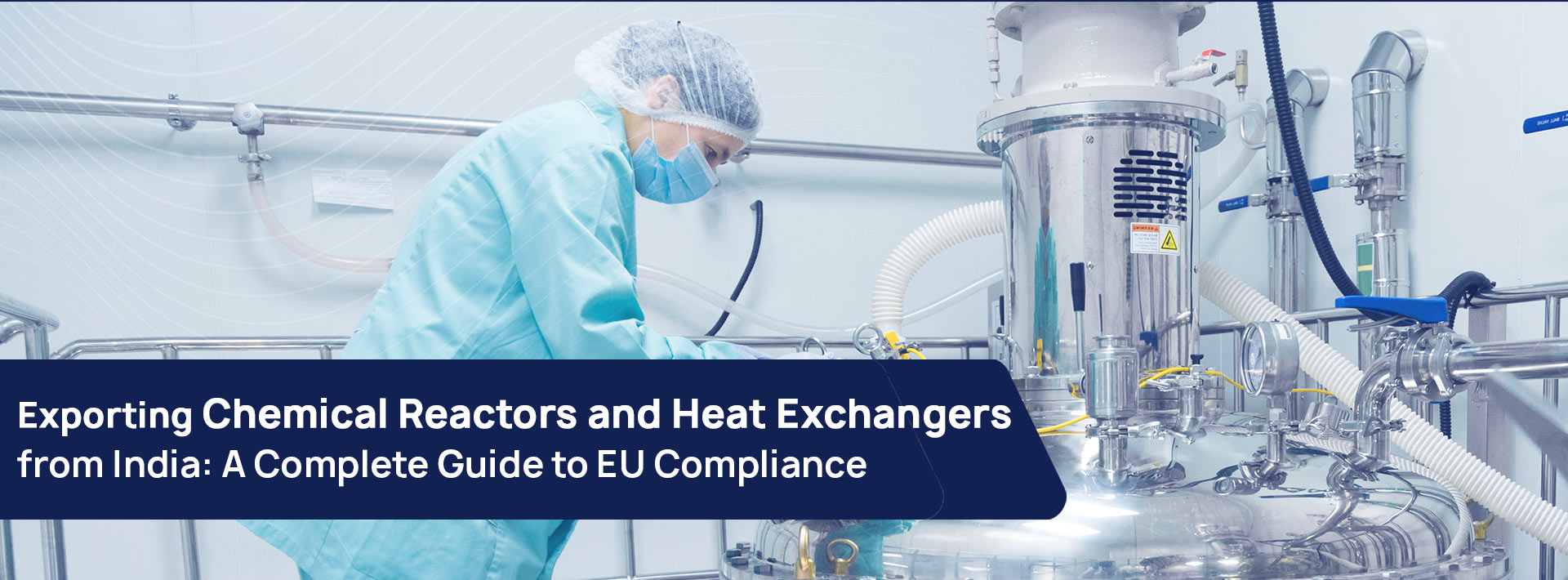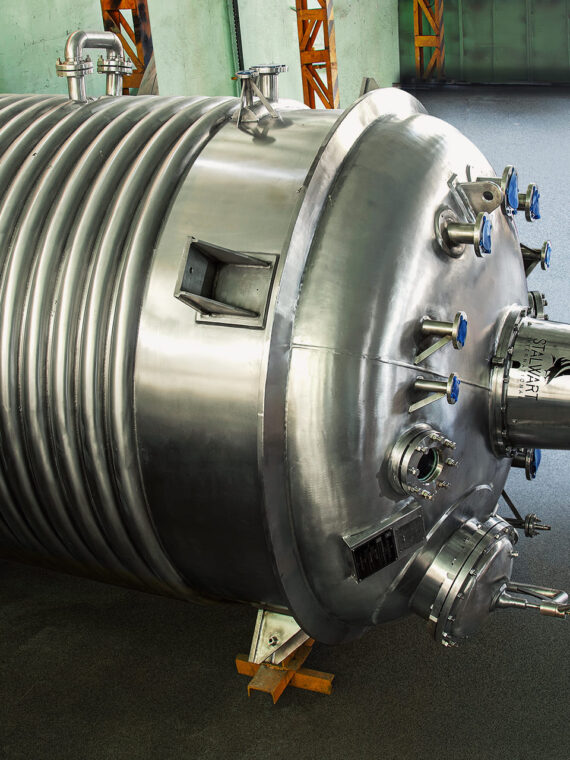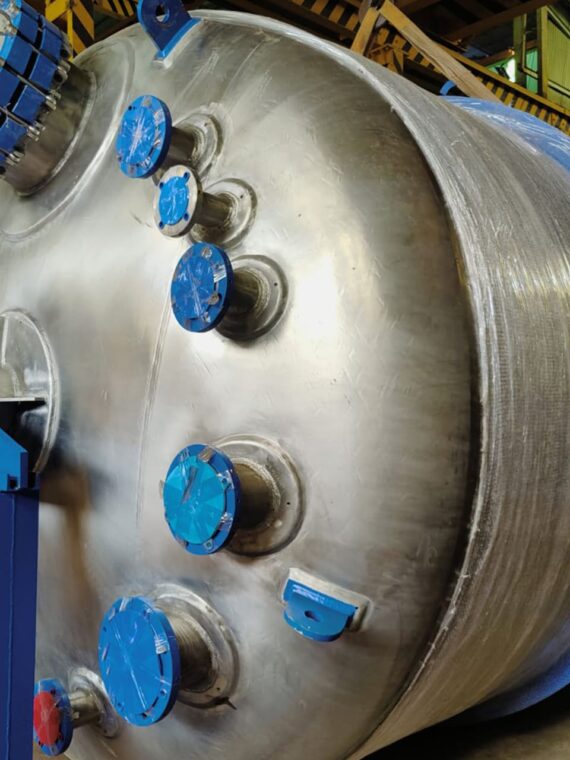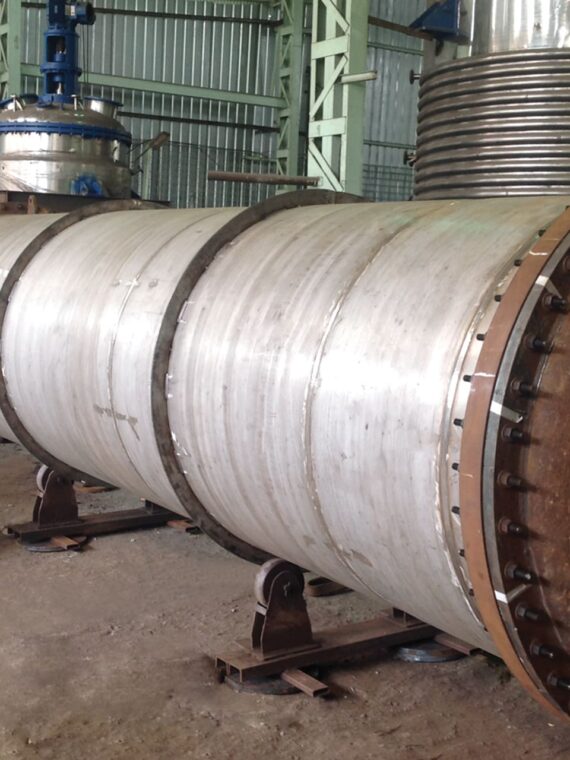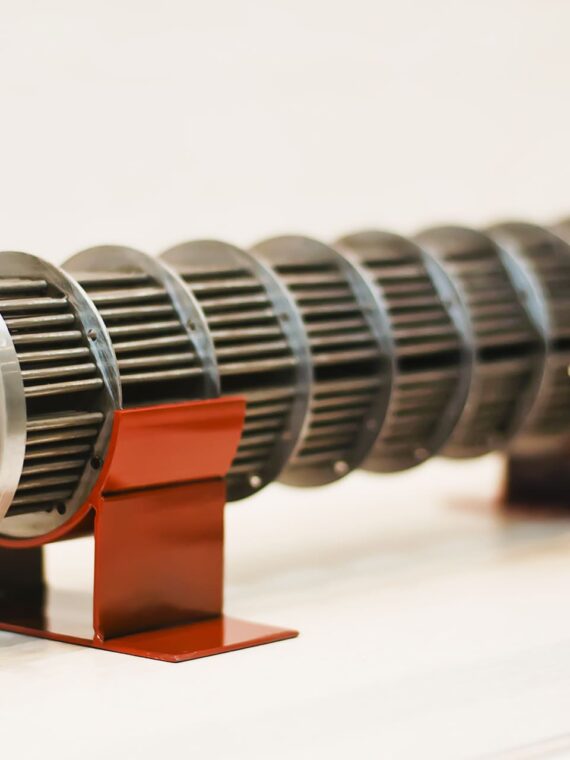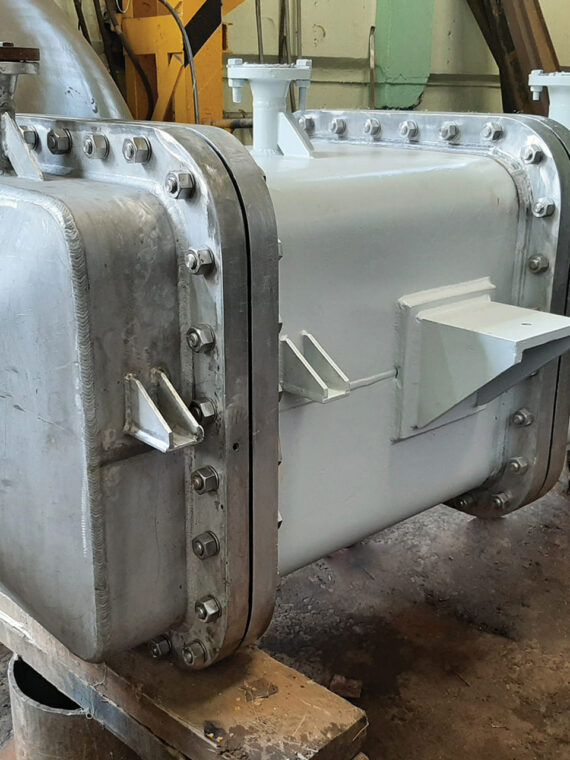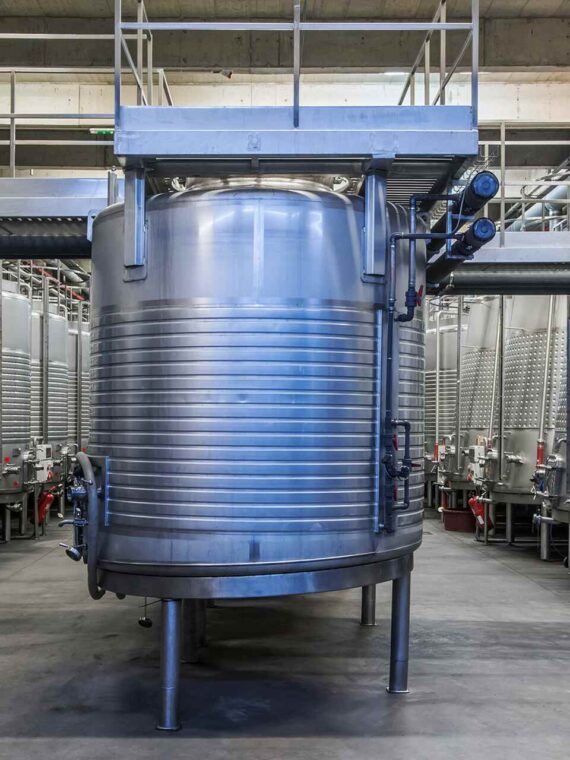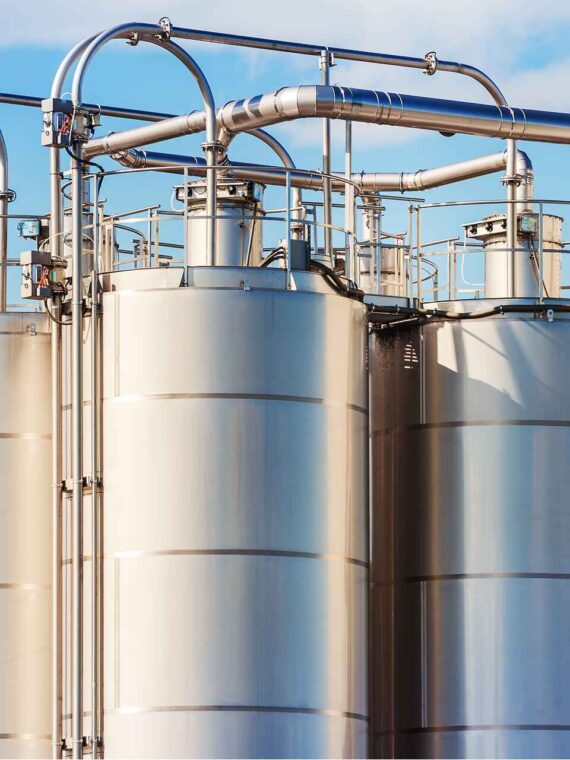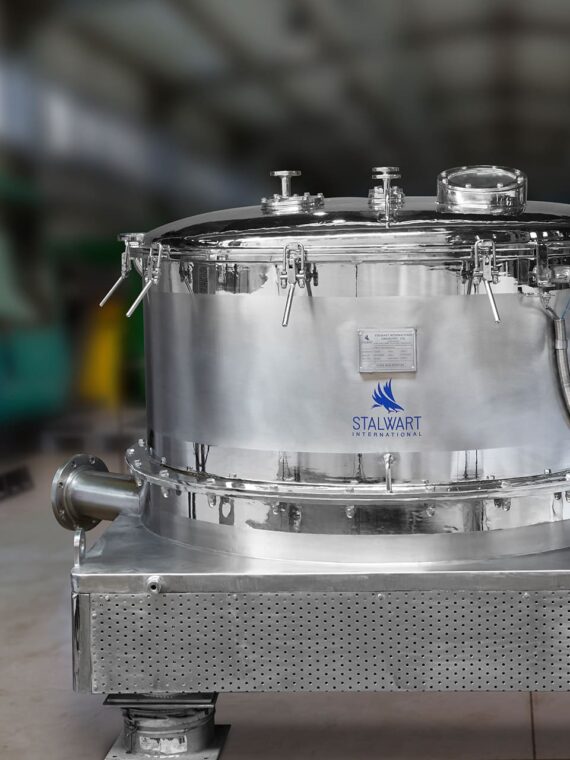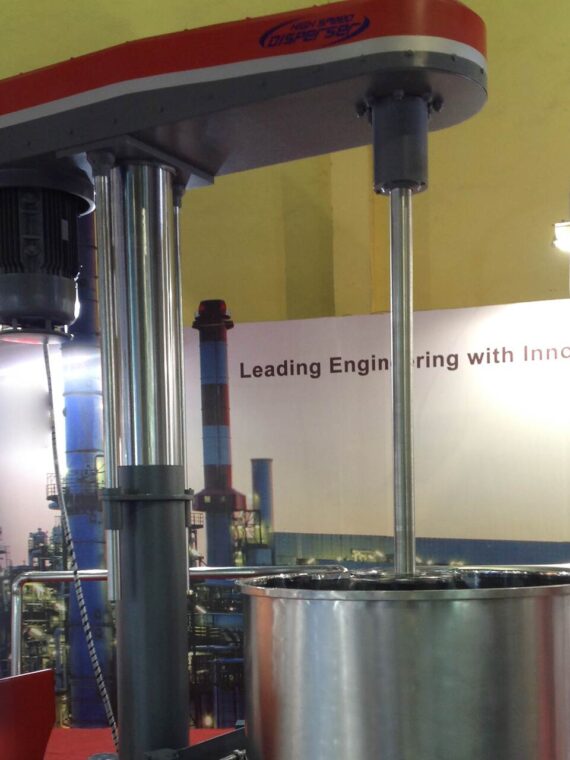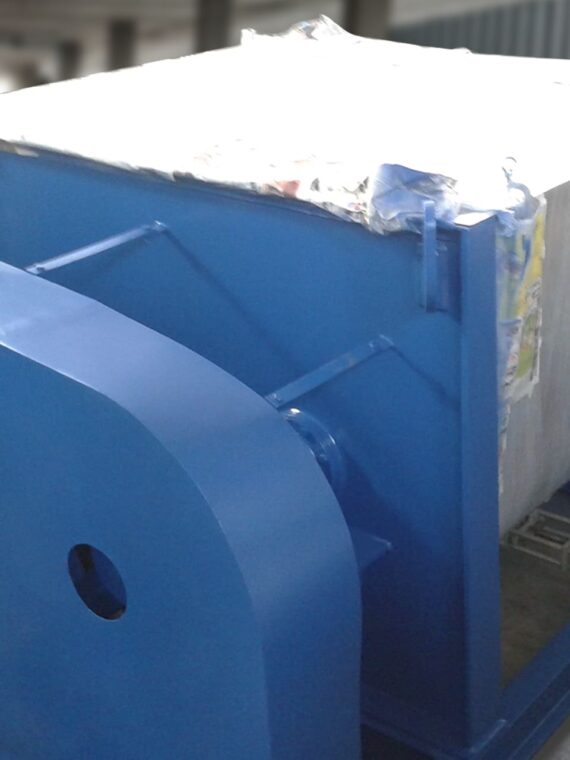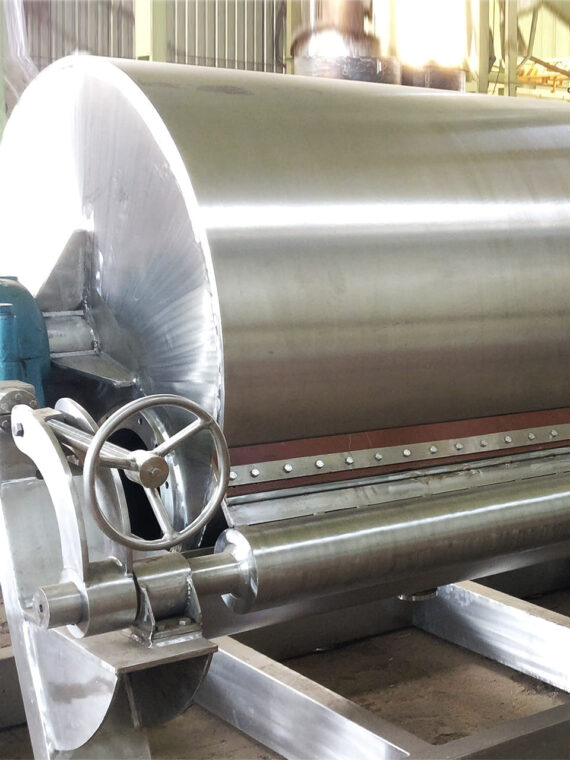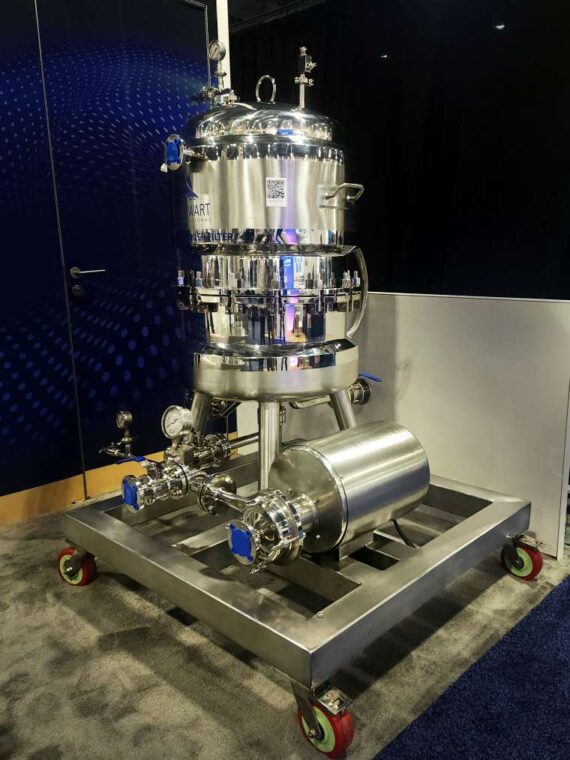Oil, gas, chemical, food processing, HVAC and refrigeration, automotive, aerospace industry, medical, and power generation sectors use heat exchangers to transmit heat across fluids. Many industrial processes use heat exchangers to maximize heat transmission. Periodic heat exchanger maintenance ensures decades of good operation.
Stalwart International offers comprehensive heat exchanger maintenance services in India to assist businesses in staying reliable. Proactive maintenance decreases degradation-related operating dangers and equipment malfunctions.
The Importance of Regular Heat Exchanger Maintenance
Putting off heat exchanger maintenance might cause problems that affect operations. Some key effects of not ensuring timely heat exchanger maintenance are:
- Reduced Efficiency – Regular cleaning and optimization prevents performance degradation, ensuring optimal heat transfer and maximizing energy savings.
- Increased Energy Costs – As efficiency drops, energy usage rises to compensate. It ultimately results in increased operating expenses.
- Potential Breakdowns – Components experience an acceleration of wear and strain due to a lack of maintenance. It increases the likelihood of production being disrupted by unscheduled outages or malfunctions.
- Extended Lifespan: Implementing proper maintenance practices safeguards components from premature wear and tear, extending the heat exchanger’s service life.
These issues may be avoided if frequent heat exchanger maintenance services are scheduled. Optimizing heat exchangers saves energy. Scheduled maintenance also avoids costly downtime and emergency repairs due to unexpected breakdowns. Regular heat exchanger maintenance improves operating efficiency, energy savings, and downtime.
Warning Signs of Heat Exchanger Problems
Here are some signs that indicate it is time to schedule heat exchanger maintenance service:
Reduced Process Efficiency
Lowered throughput and elevated process temperatures hint at internal blockages or compromised heat transfer, indicating to schedule a heat exchanger maintenance service to boost the equipment’s functioning.
Leaks and Failures
Gasket or rusty tube leaks indicate the breakdown of the heat exchanger. Small breaches might easily lead to a shutdown if not detected and corrected. Inspection and repair must happen quickly to minimize costly outages and damage.
High Operating Temperatures
Current process temperatures are higher than previous data, indicating flow-restricting deposits. High temperatures accelerate corrosion and degradation if unchecked. If safety measures fail, overheating can cause permanent damage.
Noisy Operations
New pump, fan, or fluid flow vibrations and sounds indicate bearing degradation. Increased decibels also mask other concerns that need review.
Prevent Future Problems
Routine preventative heat exchanger maintenance services in India can identify minor concerns before they become major issues, preventing many complications. Pump assessments, tube cleaning, and insulation inspection can discover issues and extend equipment life. Relying solely on reactionary repairs invites unnecessary risks and downtime. Staying proactive pays off long term.
Implementing routine preventative maintenance and responding promptly to warning signs are critical to avert unforeseen heat exchanger failures and disruptions. Early detection of issues permits cost-effective restorations as opposed to extensive renovations.
Read Also: What Is The Working Principle Of Heat Exchanger?
Top Five Components Requiring Strategic Maintenance
Consistent inspections and servicing of some vital heat exchanger components can enhance operation efficiency and avert expensive emergency repairs. Here are five primary components requiring maintenance are as follows:
Shell and Tube
The shell and tube are the fundamental components of any industrial heat exchanger for heat transfer. After years of cyclical operation, scale, corrosion, and sediment buildup can contaminate the tube bundles. This substantially diminishes the capacity and efficacy of heat transfer. Leaks may also develop progressively over time in the shell and pipelines due to fatigue, corrosion, or freezing damage that occurs during shutdowns.
A comprehensive maintenance strategy encompasses routine tube inspections, hydrostatic leak testing, tube cleansing and flushing, and detection of flow imbalances or inactive zones. Shell and tube maintenance that is proactive maintains the heat exchanger at its optimal design efficiency.
Transfer Line Exchangers
Transfer line exchangers are of the utmost importance in the rapid cooling of gases and vapors at exceedingly high temperatures. Exchanger shells and tubes that are subjected to extreme thermal stresses continuously may progressively deform, fracture, or rupture during operation. If left unattended, it may result in hazardous gas escapes.
It is essential to perform routine maintenance and inspection, which includes ultrasonic and visual inspections for damage, leakage, and obstructions. Decade after decade, these vital transfer line exchangers maintain the safe and dependable chilling of heated process streams through routine maintenance.
Air Cooling Systems
Industrial air conditioning systems eliminate heat by means of forced air convection and the utilization of fans, condensers, and finned cooling coils. The accumulation of dust, debris, and deposits on the fins over time hinders heat transfer and circulation.
Over time, unbalanced fan blades can cause mechanical strain and vibrations. Additionally, motors, bearings, pulleys, and seals degrade with continued use.
Air cooling systems undergo rigorous preventive maintenance, which consists of cleaning fins, ensuring secure seals, monitoring airflows, lubricating motors, and verifying fan alignments. This maintains the efficiency of heat rejection during air conditioning.
Front and Rear Headers
Front and rear headers are critical to the distribution of process fluids into and out of the heat exchanger tubes. Years of thermal and pressure cycling on the headers can progressively deteriorate gasket seals and joints.
Over time, neglected headers have the potential to develop breaches or become completely dislodged, which could result in harmful flows of heated fluids or gases.
Inspect headers for damage, unsecured connections or fasteners, and early indications of gasket deterioration. As systems age, proactive header maintenance is crucial to avert catastrophic breaches.
Control System
For automation and process control, the numerous sensors, transmitters, actuators, and control panels associated with heat exchangers rely on wiring and electrical connections. Alterations in temperature, moisture, vibration, and corrosion erode electrical connections gradually over time.
Periodic inspections and maintenance of sensors, transmitters, and control panels guarantee reliable operation and prevent control system disruptions.
Read Also: Timely Cleaning of Heat Exchanger for Peak Performance
How Heat Exchanger Maintenance Services Enhances Efficiency?
Let’s understand the importance of heat exchanger maintenance services in improving the equipment’s performance efficiency with some factual data:
- Reduced Fouling and Improved Heat Transfer: Regular tube cleaning can remove scaling and fouling by 90%, leading to a 5-15% increase in heat transfer efficiency. Chemical cleaning of plates in plate heat exchangers can improve heat transfer by up to 30%.
- Decreased Energy Consumption: Improved heat transfer due to maintenance can lead to a 5-10% reduction in energy consumption used for heating or cooling fluids. A study by the European Commission found that maintaining heat exchangers in chemical plants can lead to energy savings of up to 20%.
- Extended Lifespan and Reduced Downtime: Proactive maintenance can extend the lifespan of a heat exchanger by 2-5 years. Regular inspections and repairs can prevent small issues from becoming major breakdowns, leading to a reduction in unplanned downtime by 30-50%.
- Enhanced Efficiency: In the oil and gas industry, a study found that proper maintenance of shell and tube heat exchangers led to a 15% increase in production capacity due to improved efficiency. In the power generation industry, a well-maintained condenser heat exchanger can lead to a 5% increase in power plant efficiency.
The Bottom Line
Stalwart International, a prominent manufacturer of heat exchangers, is aware of the significance of routine maintenance and its influence on the dependability of a processing facility. We provide comprehensive heat exchanger maintenance services, including tube cleaning, plate coating, pump overhaul, and insulation replacement. We provide comprehensive heat exchanger installation services for new construction projects or replacements in addition to maintenance services.
FAQs
Why is timely maintenance essential for heat exchanger components?
Timely maintenance ensures the efficient operation of heat exchangers, reduces the risk of system breakdowns, and extends the lifespan of the components. Stalwart International emphasizes the importance of regular service to avoid costly repairs and downtime.
What are the signs that a heat exchanger needs maintenance?
Common signs include reduced thermal efficiency, leaks, unusual noises, pressure drops, and visible corrosion or fouling. Stalwart International suggests addressing these issues promptly to maintain optimal performance.
How does Stalwart International assist with heat exchanger maintenance?
Stalwart International offers comprehensive maintenance services, including inspections, cleaning, repairs, and replacement of damaged components. Their expert team ensures that your heat exchangers operate at peak efficiency.
Does Stalwart International provide custom maintenance plans?
Absolutely. Stalwart International offers tailored maintenance plans based on your system’s requirements, ensuring cost-effective and reliable solutions for your heat exchanger needs.
Which components of heat exchangers require regular maintenance?
The five critical components requiring maintenance are:
- Tubes: Prone to fouling, scaling, and corrosion.
- Shells: Susceptible to cracks and deposits.
- Gaskets: Wear out due to pressure and temperature fluctuations.
- Baffles: Can experience distortion or blockage.
- Headers/End Caps: Affected by corrosion and leaks.


